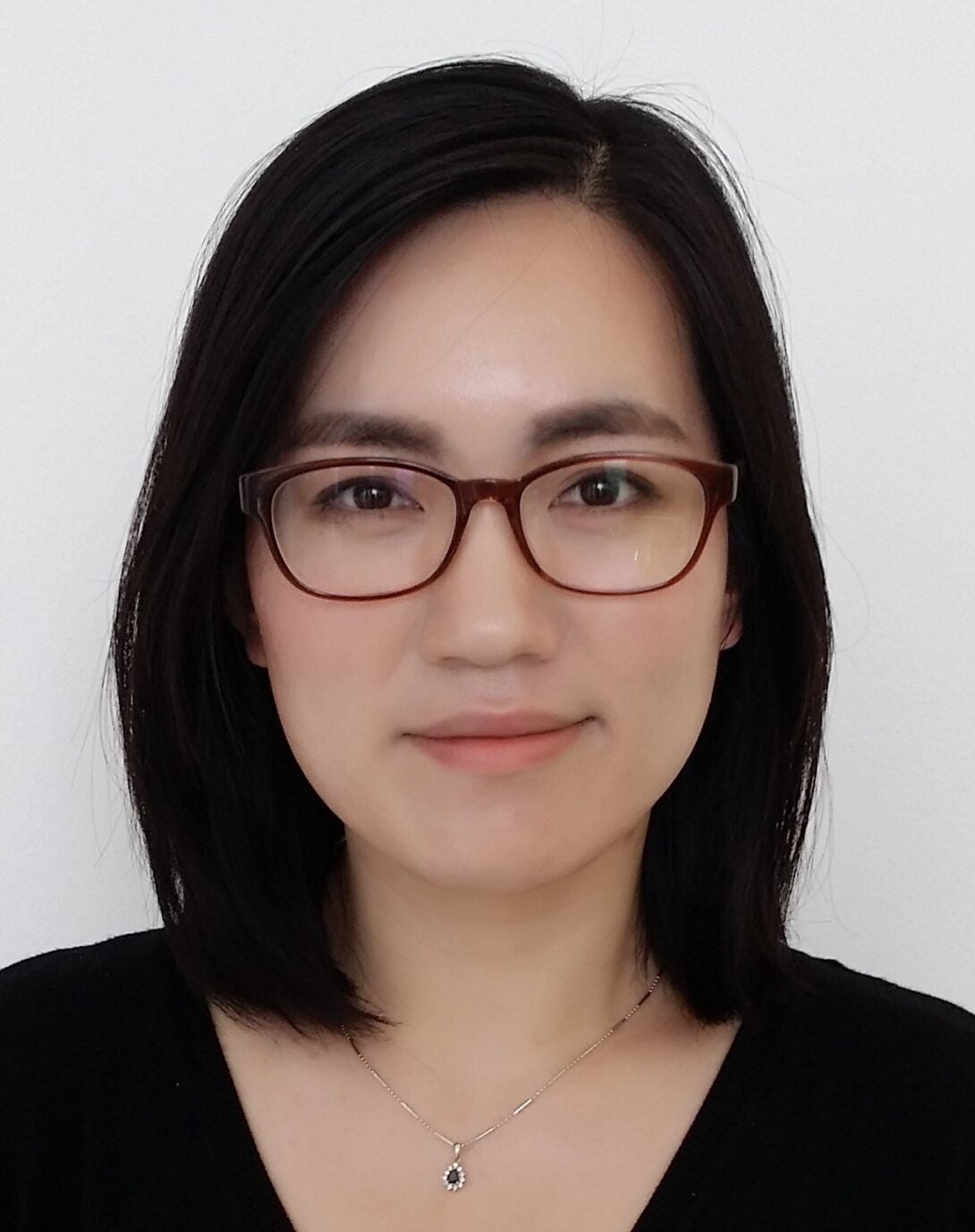ECE’s Lina He receives IEEE award for R&D in renewable energy integration
Lina He receives IEEE award for R&D in renewable energy integration Heading link

Assistant Professor Lina He received the 2022 Distinguished Senior Research and Development award from IEEE Chicago Section. The honor is bestowed upon an IEEE member who has at least a decade in their field and has made significant progress in research and development.
He, who earned her PhD from the University College Dublin, Ireland, served as a senior consultant and project manager at Siemens headquarters in Germany, then with Siemens US before joining UIC. She was a task lead on one of the largest European offshore wind integration projects, “TWENTIES”, which was funded by the European Commission FP7-ENERGY program with a total budget of €56.8 million.
He has been conducting transformative research in renewable energy integration and has made significant contributions to dynamic modeling, grid-edge control, and intelligent protection of power electronics-based power systems. With over 15 years of industrial and academic experience, she has been recognized as a leader in renewable energy integration technologies, especially for wind and solar integration.
The electric power grid was designed to work with traditional, dispatchable energy sources such as natural gas, coal, and nuclear power. These fuels are turned into electricity at huge generation plants, and the power is transmitted long distances on high voltage lines, via alternating current. Renewable energy sources are intermittent, and can be affected by environmental, seasonal, and daily cycles. The intermittent nature of renewables makes it more difficult to maintain a balance between the power being generated and the power that is being consumed in a system. For example, a power outage or blackout occurs when there is a demand-supply mismatch.
Renewable resources use power electronic converters to connect to the grid, changing the direct current (DC) to the alternating current (AC) used in transmission, and managing the dynamic nature of renewable resources to be sure it is in sync with the grid. However, these power electronic converters bring new problems to the power grid and can endanger power grid security and operation, such as the United Kingdom blackout in 2019. He discussed the challenges of renewable integration to accommodate the grid’s needs.
“Inverter-based renewables have very different characteristics from traditional synchronous generators. They are intermittent, highly dynamic, and almost have no inertia,” He said. “Their integration can lead to significant problems to the control, protection, and operation of the grid that were designed based on the characteristics of traditional synchronous generators such as slow dynamic response and high inertia.”
The U.S. government has set an incredibly ambitious target of transitioning to 100% renewable energy by 2050, making this an urgent issue. The U.S. Department of Energy has increased funding for this area, creating good opportunities for universities and industry to push the technology forward.
“We have to start as soon as possible here to develop effective and affordable solutions to overcome these challenges,” He said. He’s team has been conducting cutting-edge research on wind and solar integration with both transmission and distribution grids. Specifically, she has invented a universal systemic grid-forming decoupling controller for grid-forming inverter-based resources to regulate grid frequency and voltage independently and intelligently. She also proposed an intelligent protection coordination technique for hybrid AC and DC microgrids to enhance their resilience and provide cost-effective and reliable protection. The corresponding research outcomes have been filed with the U.S. patent office.
He is looking for PhD candidates to join her Power Energy Innovation Laboratory, especially those with a strong background in power systems, power electronics, computer science, and renewable energy integration.